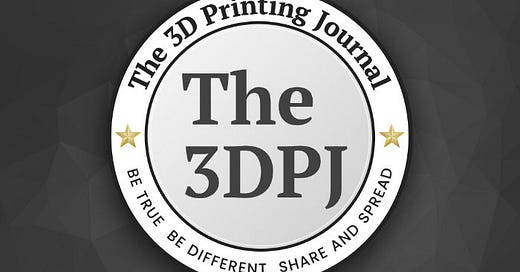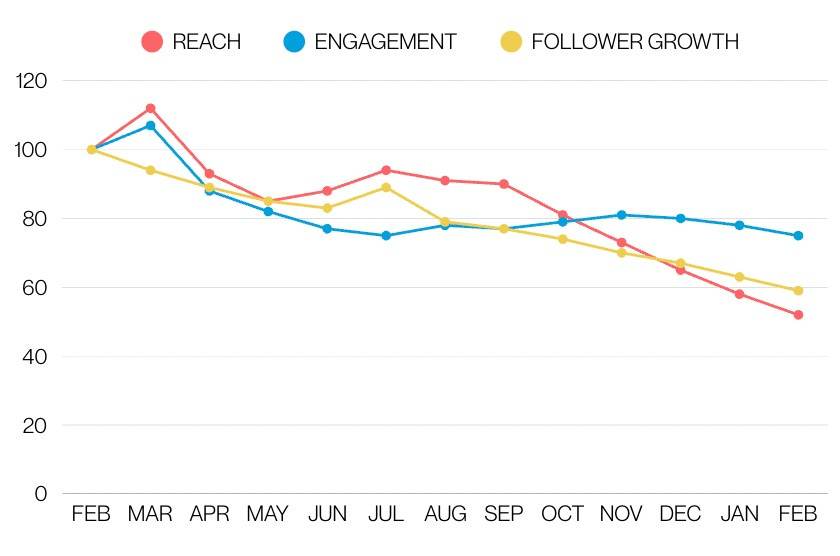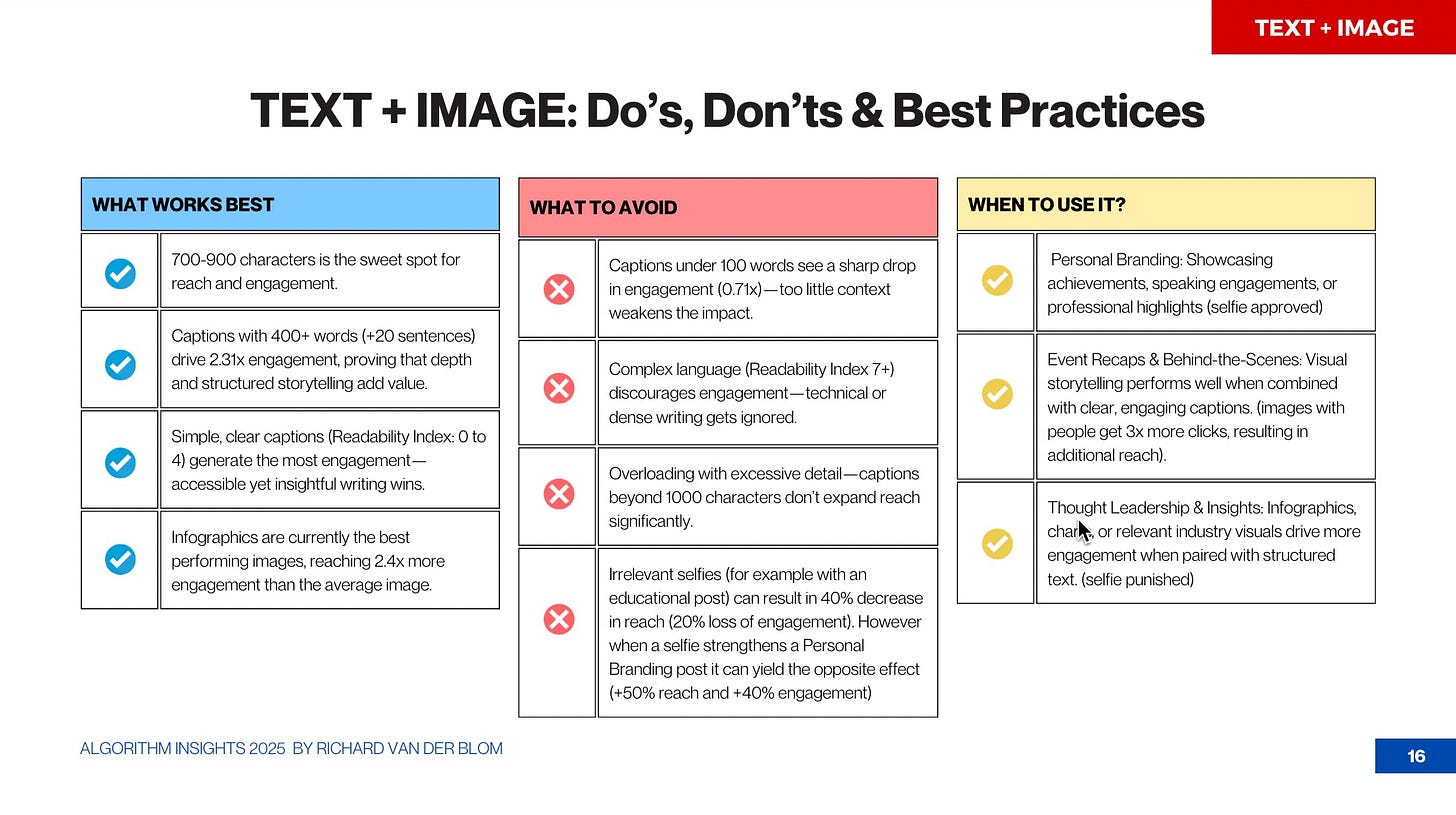Atomic Layer of the Day:
Three hours ago, I published the longest article in the history of The 3D Printing Journal – a company catalog focused on the LFAM industry. And I think both you and I could use a bit of a breather from additive manufacturing today – especially after such a heavy dose of “large format.”
So, just this once, I want to write about something different – though still relevant and interesting, at least for some of you.
Let’s talk about what’s gone wrong with LinkedIn.
I’ve had a LinkedIn account for over six years, but only became a truly active user about a year ago. At the start of this more intense phase, I dove into countless documents and studies about how the platform works, what to do to succeed on it, what to avoid, and so on.
And I have to say – I haven’t found anyone better in this field than Richard van der Blom. Once a year, he publishes a report that breaks down how LinkedIn’s algorithm works – essentially a user manual for the platform. And throughout the year, he and his team actively study it.
So if you ever came across me on LinkedIn and decided to follow my work, that’s thanks not only to my brilliant writing skills, sharp insights, and groundbreaking market analyses – but also because I followed the principles laid out by van der Blom and structured my content the “right” way.
The problem is… somewhere around the turn of last year into this one, those rules stopped working.
Technically, I was still doing everything right. The follower count kept growing. But at the same time, views started dropping. Recently, I noticed something absurd: my LinkedIn newsletter now has over 2,400 subscribers, yet some editions barely reach 2,000 views… And while I have nearly 6,000 followers total!
Let me rephrase that: it’s not just that only 2,000 people click to read the article – LinkedIn doesn’t even show it to as many people as have actively subscribed to it!
Van der Blom recently teased his upcoming 2024 report with predictions for 2025, and started sharing a few insights. One of them was this:
The LinkedIn™ landscape has shifted—big time. If you’ve noticed your posts aren’t performing like they used to, you’re not imagining things. We analyzed the data over the past 12 months, and here’s what the numbers are telling us: visibility is down, growth is slower, and engagement is harder to earn.
🔻 REACH (Red): After a brief spike in March, reach has been on a steady decline—dropping more than 50% over the past 12 months. The biggest dip happened between October and February, signaling that getting eyes on your content is becoming increasingly difficult.
🔵 ENGAGEMENT (Blue): While not as steep as reach, engagement also saw a gradual decline. Interestingly, from October onwards it stayed relatively stable—suggesting that while fewer people may see your posts, those who do are still interacting.
🟡 FOLLOWER GROWTH (Yellow): Follower growth followed a similar downward trend, with a noticeable drop in the final quarter. It’s clear that organic growth has slowed, and creators need to be more intentional with content strategy to attract the right audience.
And the other was this:
LinkedIn has shifted to favor short, condensed content and is actively reducing reach for longer posts.
That means, my historical posts, which usually have more than 2,500 characters, don't make much sense anymore. The stats reflect this – where they once reached several thousand people, now they struggle to break 1,500 views, despite 5,700+ followers.
Let me stress this again: it’s LinkedIn deciding whether you get to read a post – not you.
These are stats about how many people see the post, not how many engaged with it after seeing it.
There’s a fantastic AM community on LinkedIn focused on industrial and specialized applications. You won’t find that on X, Facebook, Reddit, or even Substack Notes. But unfortunately, LinkedIn itself is stifling the growth of this community.
I’ve got more thoughts on this… but I’ll leave it here for now.
No decisions just yet.
Atomic Layer from the Past:
04-15-2018: Tiertime launched three 3D printers – the UP Mini 2 ES, UP300, and X5.
News & Gossip:
Multistation partnered with Flashforge to unveil the new WaxJet 530 wax 3D printer, offering “unmatched precision and speed” for lost-wax casting. As exclusive distributor in France, Multistation will showcase the WaxJet 510 and 530 at the Istanbul Jewelry Show, following their official launch at Flashforge’s conference on April 15.
Velo3D has signed a five-year, $15 million master services agreement with space company Momentus. Through its new Rapid Production Solutions (RPS) offering, Velo3D will provide consulting and parts production to accelerate design and qualification. Momentus will pay in equity, with Velo3D capped at 9.99% ownership.
ADDiTEC unveiled its new Fusion S metal 3D printer, expanding into LPBF technology. This launch completes ADDiTEC’s metal AM portfolio, which now includes LPBF, DED, and LMJ. Fusion S offers high-precision printing, integrated powder handling, and supports advanced alloys.







It has become more and more frequently here in Brazil that LinkedIn only is used to people show off were they are working, in which project, even if they are layoff they say “well my time are the company XYZ come to an end after so many years of joy and collaboration…” many started calling it LinkeDisney by the fantasy looking over reality